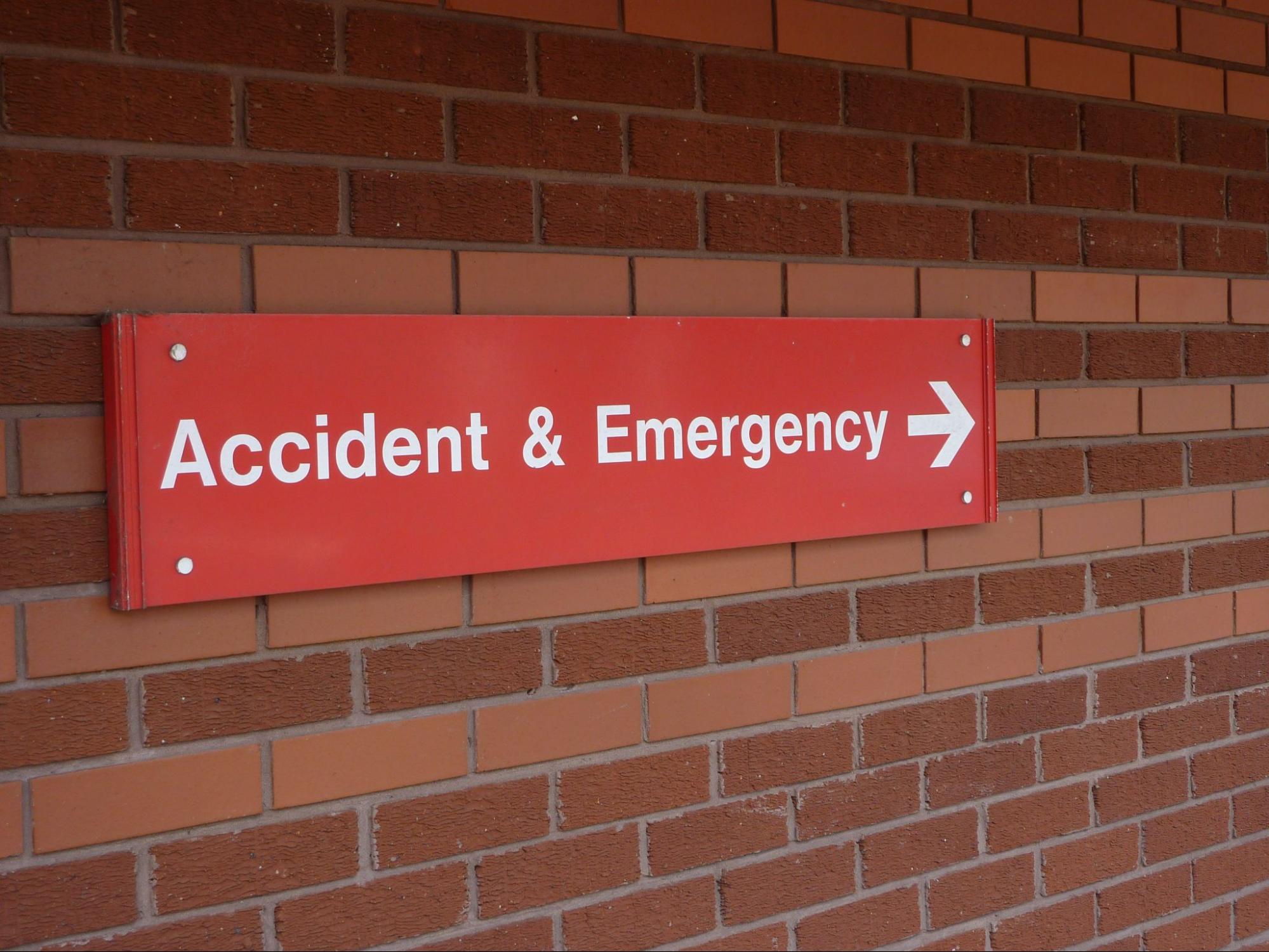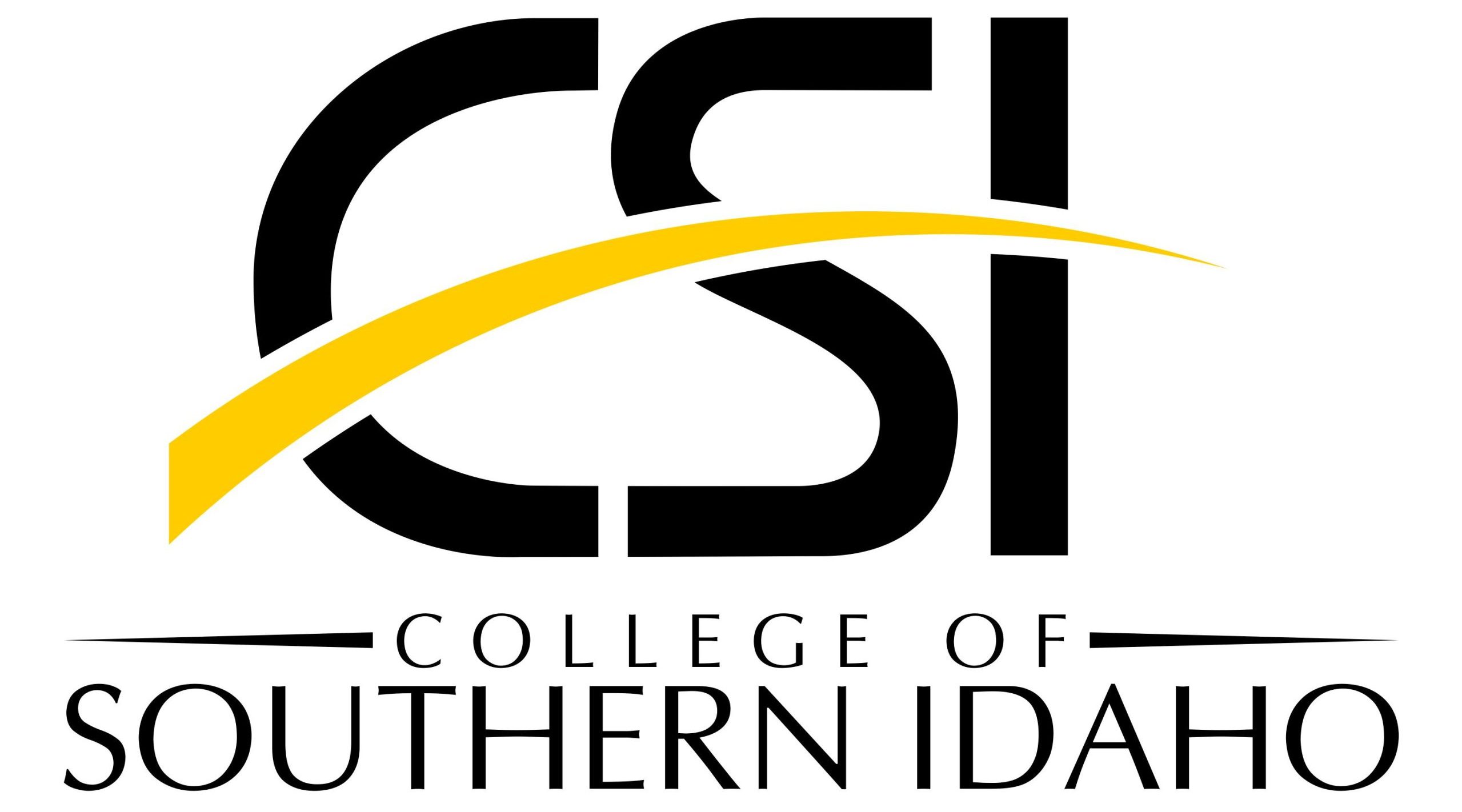12.3 The Interview
Kristen Hosey
Appropriate Attire
For a job interview, applicants should dress professionally. This includes wearing dress pants or a skirt, a professional shirt, and a sweater or blazer. If the applicant is interviewing for a position in a clinical setting, they may be able to wear scrubs to the interview, or alternatively, they could wear a lab coat over professional attire.
In the healthcare industry, certain items may not be suitable for both the clinical setting and the interview. For example, applicants should be mindful of cosmetics, jewelry, and fragrances. If cosmetics are worn, they should appear natural and understated. Fragrances, including lotions, colognes, and perfumes, should generally be avoided, as many colleagues and patients may be sensitive to scents. Strong smells can cause headaches, nausea, and other health issues. Jewelry should be conservative, and facial piercings should be removed for the interview.
In the clinical setting, nails should be kept short and should not be visible when looking at the palm of the hand. Nails should be clean and well-maintained. Since nail polish, artificial nails, and other nail enhancements are typically not allowed in clinical environments, applicants may want to forgo them during the interview.
Jewelry and accessories should not interfere with clinical duties or patient safety. For example, applicants should opt for smaller earrings or studs rather than large earrings. Hair should be clean and well-groomed, including beards and mustaches. Applicants should refrain from chewing gum during the interview.
Interview Modalities
Many jobs require an interview as part of the application process. Interviews may be conducted in person at a clinical site or office, over the phone, or through online platforms such as Zoom or Microsoft Teams. Some employers also use panel interviews, where multiple interviewers participate in the session.
For online interviews, applicants should ensure they have a stable internet connection and verify the interview link and time in advance. It is recommended to join the meeting early (10 to 15 minutes before the scheduled time) to test the technology and ensure everything is working smoothly. The interview background should be free of distractions, or applicants can use a virtual background or blur the scene. Additionally, applicants should choose a quiet, private space for the interview to avoid interruptions. For example, a noisy café is not ideal; a quiet room in the home with good internet access would be better.
For phone interviews, applicants should also be in a quiet environment with a strong network connection. It is best to avoid outdoor locations with wind, as this can make it difficult to hear. Having a notepad handy is useful for both phone and online interviews, allowing applicants to jot down questions and reflect before answering. Since phone interviews lack nonverbal communication, taking notes will help applicants stay focused. It is perfectly fine to pause before responding or to ask for clarification if a question is unclear.
For in-person interviews, applicants should aim to arrive at least 15 minutes early to allow time for potential delays, such as difficulty finding the interview room. It is advisable to plan the route in advance and check parking arrangements or, if using public transportation, identify the best building entrance. Asking for directions ahead of time is acceptable if needed. Being prepared and arriving early demonstrates punctuality and professionalism.
Behavioral Interviewing
Behavioral Interviewing focuses on asking for examples of past behavior to predict how an applicant will perform in a given role. The idea is that past actions reflect future behaviors, making this type of interview effective in assessing fit for the organization. Although it can be challenging, practicing in advance can help applicants prepare confidently.
One useful method for answering behavioral interview questions is STAR, which stands for:
- Situation: Describe the context or background of the situation.
- Task: Explain the role, job, or responsibility you had in that situation.
- Action: Outline the steps you took to address the situation.
- Result: Share the outcomes or results of your actions.
The STAR method helps structure responses, ensuring they are clear, concise, and focused on key skills relevant to the job.
To further prepare, applicants should review the job description and consider the skills, qualities, and responsibilities the employer is seeking. They should also think of past experiences that highlight these strengths and practice telling those stories using the STAR method. It can also be helpful for applicants to jot down a few notes to bring to the interview, and practice with friends or family beforehand to refine their responses.
Other Interview Styles
Interview questions can vary based on the type of job and employer. In some cases, applicants may be asked to verify credentials. These questions confirm information from the application or ensure the applicant meets minimum job requirements set by the employer’s accreditation or regulations. For example, new graduates may be asked if they have passed their certification or licensure exam. Some jobs, such as registered nurse (RN) positions, may conduct interviews before the applicant has passed the exam. In such cases, applicants should be prepared to provide the date of their upcoming exam.
Applicants may also be asked to demonstrate a skill or complete a task during the interview. This is common in fields such as technology, where applicants may need to demonstrate coding abilities or solve a math problem. In healthcare or other service industries, applicants might face case or scenario questions, where they must respond to hypothetical situations, such as how they would handle a particular patient scenario. In these instances, applicants should answer based on their training and how they would approach the situation in a real-world context.
Finally, some applicants may interview with a panel. While this can be intimidating, the principles for responding remain the same.
Follow-Up After the Interview
Although not required, sending a thank-you email after an interview is considered good practice. It is best to send it the same day or as soon as possible afterward. The email does not need to be lengthy but should express gratitude for the interviewer’s time. Additionally, it is a nice touch to mention any enthusiasm you have for the position and to let the interviewer know you are available to provide any further information or answer additional questions.

Emergency Care
Emergency care is the frontline of healthcare, equipped with specialists and critical resources to stabilize patients experiencing sudden illness or injury. Emergency departments are found in many hospitals, as well as in free-standing emergency departments. Patients are taken to the emergency department when they have a medical problem that is severe enough to be life-threatening. Common emergency or life-threatening conditions include stroke, heart attack, severe trauma, overwhelming infections, head injuries, and difficulty breathing. According to the Centers for Disease Control and Prevention (CDC, 2024), there are about 130 million emergency room visits each year, and about 12.4% of these visits require a patient to be admitted to the hospital. Emergency care can be expensive, and patients can experience long wait times to receive medical care. Treatment is prioritized based on the acuity of injuries or illnesses, with the sickest patients receiving care first. This process is known as triage.
Urgent Care
Urgent care centers provide treatment for injuries and illnesses that are not life-threatening but require same-day medical attention. These clinics generally do not require appointments. However, wait times can be long due to heavy use of these facilities. Services provided at urgent care clinics may include treatment of minor cuts, sprains, broken bones, colds, flu, and some localized infections (American Academy of Urgent Care Medicine [AAUCM], n.d.). Most urgent care clinics treat both adults and children.
It is important to distinguish urgent care clinics from walk-in clinics. Walk-in clinics are typically located in or near retailers, treat a narrower range of non-life-threatening conditions, and strongly emphasize convenience and affordability.
A Day in the Life: Emergency Room Triage
Have you ever been to the emergency room and had to wait a long time despite people arriving after you? If so, this is an example of triage. Triage is a systematic way to categorize patients based on the severity of their illness or injury. It ensures that patients who need immediate care are treated before those with less severe conditions. Triage also applies to the allocation of staff and resources.
In general, there are five levels of medical care, ranging from no care needed to immediate care for life-threatening conditions. For example, Sharon arrives at the emergency department after a traumatic event impacting multiple organs. Shortly after, Cleo arrives at the emergency department with symptoms of a common cold or flu. In this scenario, Sharon would be seen first, due to her potentially life-threatening condition, while Cleo would be considered stable and would have to wait for care until resources are available.
Attributions
- Figure 2.2: Accident & Emergency Sign by lydia_shiningbrightly is released under CC BY 2.0

